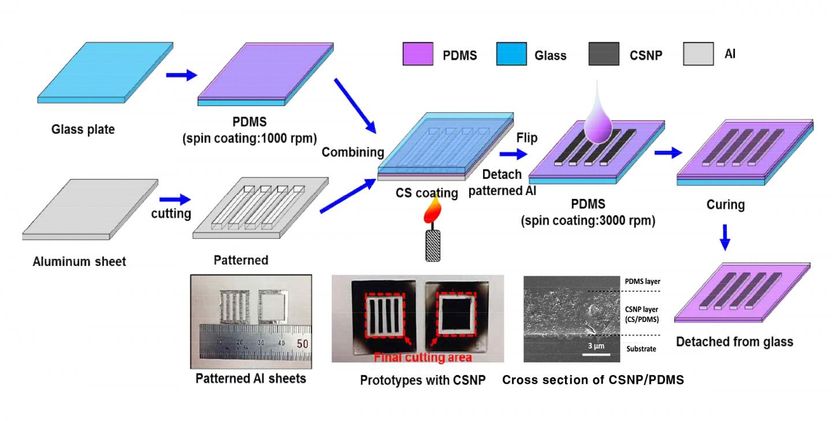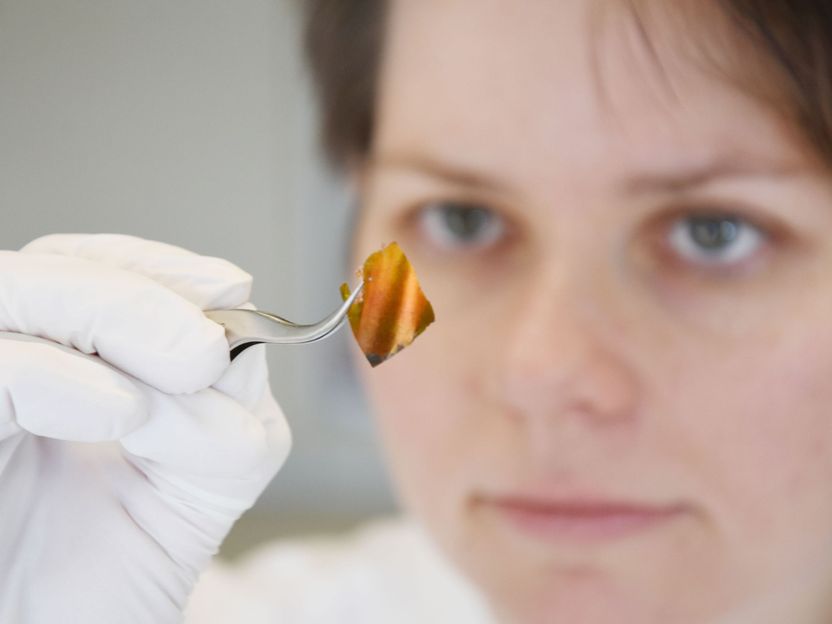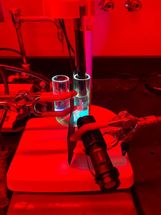Agilent Technologies develops sensitive analysis of PBDE, toxic chemical found in computer dust and household products
Agilent Technologies Inc. announced a highly sensitive method for analyzing polybrominated diphenyl ethers (PBDEs), a class of toxic chemicals found in thousands of consumer products. This gas chromatography/mass spectrometry (GC/MS) method can detect PBDEs at the lowest levels available in sediment and sewage sludge, as low as 1 part per billion (ppb).
PBDEs are flame retardants added to plastic widely used in household products and electronics devices, including computers, televisions, clothing, carpets and furniture. These chemicals can enter the environment through the dust and residue from such products or through landfill seepage. PBDEs do not degrade easily and can accumulate in the environment and in the bodies of animals and humans.
Research suggests that human exposure to these chemicals is increasing exponentially. A Swedish study found PBDE levels in the breast milk of Swedish women had doubled about every five years in the last three decades (1). A U.S. study showed PBDE levels in the milk of North American women were 10 to 100 times higher than European women's, with an average level of 73.9 ppb (2).
The chemical structure of PBDEs is very similar to polychlorinated biphenyls (PCBs), a group of flame retardants banned in the 1970s because of their toxicity. Although their effects on human health are still under investigation, PBDEs have been found to cause hormonal and neurological problems in laboratory animals. Due to health concerns, the European Union and the state of California have enacted legislation restricting the use of PBDEs.
Gas chromatography is a fast and sensitive method for detecting PBDEs, but the high boiling points and low thermal stability of the three most widely used commercial PBDEs (pentaBDE, octaBDE and decaBDE) can complicate this type of analysis. In GC, a sample must be vaporized before it can be analyzed. Because of their high boiling points these PBDEs require high heat to vaporize, but they are heat-sensitive compounds and will decompose when exposed to high temperatures.
This method reduces degradation by using short GC columns with thin-film internal coatings. Short columns and thin films reduce the time that PBDEs are on the column, thereby minimizing their exposure to high temperatures.
Agilent scientists used this method to analyze sewage sludge from municipal waste-treatment plants. Using an Agilent DB-1 column with an Agilent 6890/5973 inert GC/MS system, the researchers easily achieved the minimum detection limits set by the French Normalization Association (AFNOR). These limits are 1 ppb in sediments and 10 ppb in sewage sludge for pentaBDE, and 50 ppb in sediments and 500 ppb in sewage sludge for both octaBDE and decaBDE.
Other news from the department research and development

Get the chemical industry in your inbox
By submitting this form you agree that LUMITOS AG will send you the newsletter(s) selected above by email. Your data will not be passed on to third parties. Your data will be stored and processed in accordance with our data protection regulations. LUMITOS may contact you by email for the purpose of advertising or market and opinion surveys. You can revoke your consent at any time without giving reasons to LUMITOS AG, Ernst-Augustin-Str. 2, 12489 Berlin, Germany or by e-mail at revoke@lumitos.com with effect for the future. In addition, each email contains a link to unsubscribe from the corresponding newsletter.
Most read news
More news from our other portals
See the theme worlds for related content
Topic world Gas chromatography
Gas chromatography is an essential method in analytical chemistry for the separation and analysis of volatile compounds. Due to its high resolution and sensitivity, it has become firmly established in areas such as environmental analysis, food chemistry or forensic science. GC provides precise and reliable results and enables deep insights into the chemical composition of samples.

Topic world Gas chromatography
Gas chromatography is an essential method in analytical chemistry for the separation and analysis of volatile compounds. Due to its high resolution and sensitivity, it has become firmly established in areas such as environmental analysis, food chemistry or forensic science. GC provides precise and reliable results and enables deep insights into the chemical composition of samples.
Topic World Mass Spectrometry
Mass spectrometry enables us to detect and identify molecules and reveal their structure. Whether in chemistry, biochemistry or forensics - mass spectrometry opens up unexpected insights into the composition of our world. Immerse yourself in the fascinating world of mass spectrometry!

Topic World Mass Spectrometry
Mass spectrometry enables us to detect and identify molecules and reveal their structure. Whether in chemistry, biochemistry or forensics - mass spectrometry opens up unexpected insights into the composition of our world. Immerse yourself in the fascinating world of mass spectrometry!
Last viewed contents

Eppendorf builds new site in Wismar for high-tech polymers used in laboratories - Production to start by the end of the year
Engineers identify how to keep surfaces dry underwater - Research team is first to identify surface 'roughness' required to achieve amazing feat

Laser-based ultrasound approach provides new direction for nondestructive testing
Merck KGaA starts world-wide launch of Chromolith HPLC Columns - The new HPLC column can separate the most complex substance mixtures into their components at maximum speed.
Two in one solution for low cost polymer LEDs and solar cells
Angiotensin_receptor
Asbestos,_Quebec

High-performance combination: Batteries made of silicon and sulphur - Research team of material scientists present an innovative, sustainable energy storage concept

We Wouldn’t Be Able to Control Superintelligent Machines - Would the AI cure cancer, bring about world peace, and prevent a climate disaster? Or would it destroy humanity and take over the Earth?
LyondellBasell to Close LDPE Unit at Carrington, U.K.

Rudolph Logic Systems GmbH - Sarstedt, Germany





























































